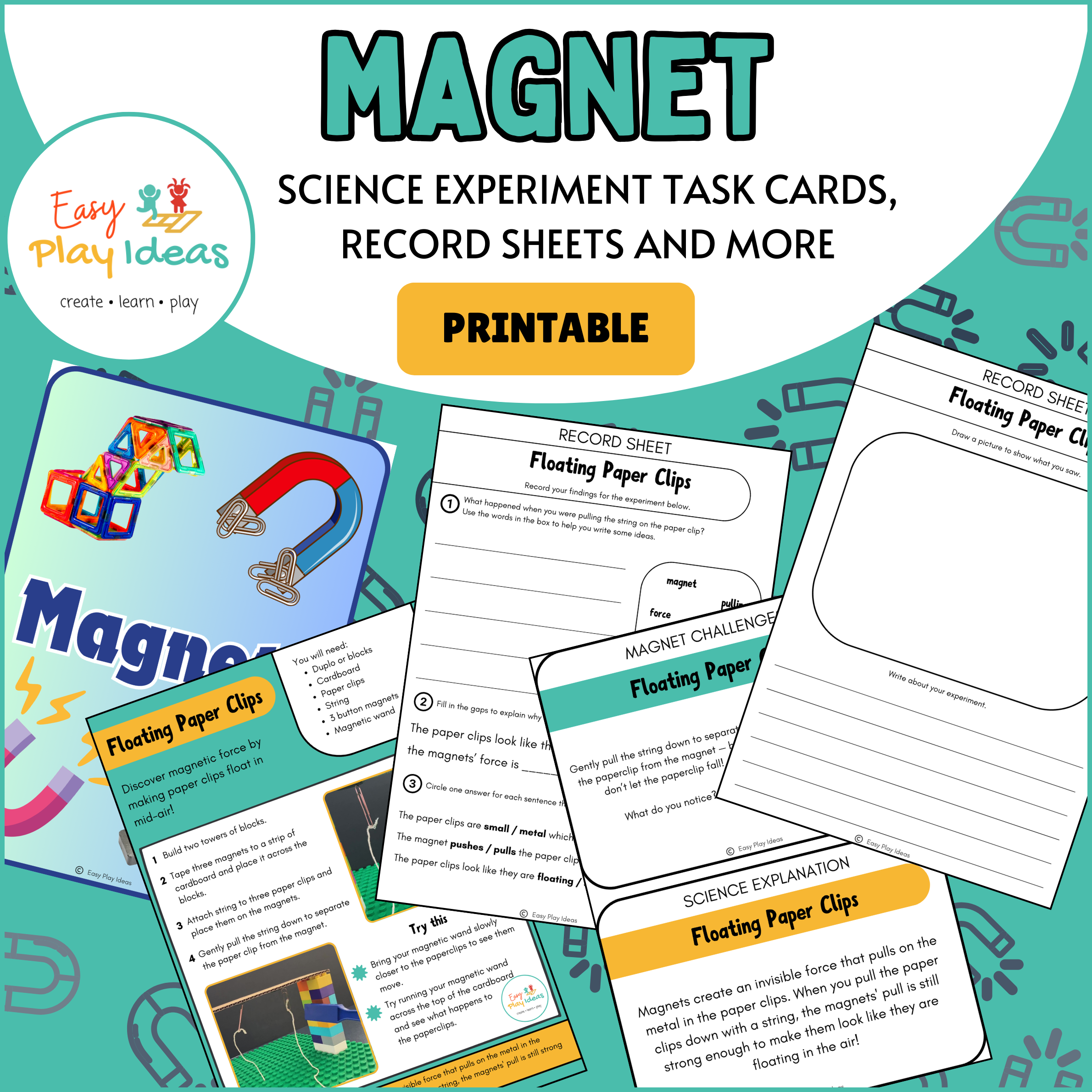DIY Cardboard Sensory Board: with Interchangeable Tiles
Sensory boards offer a range of textures, shapes, and materials that can be used to stimulate crucial sensory development in children. Sensory experiences refine children’s tactile, auditory, and visual processing abilities. As children manipulate and feel a range of objects on the board, they enhance their fine motor skills by running their fingers across the materials and objects on the surfaces. Additionally, as the children engage with patterns, mazes, and groupings of items, they are developing problem solving skills, concentration and logical thinking.
Because of the wonderful benefits of using sensory boards, we were inspired to make a versatile sensory board that can be adapted as children's needs and developmental stages evolve and progress. This is what we created. We constructed a frame for the sensory board and then crafted individual tiles that fit snugly within the frame. On each tile, we attached different sensory items. The beauty of this design is that you can arrange these tiles within the frame as you like, and rearrange them whenever you wish. These features offer many, many dynamic and adaptable sensory experiences for children.
For our sensory board, we made a frame that fit 12 cardboard tiles (4 x 3).
Watch our video Create Your Own Sensory Board: with Cardboard Interchangeable Tiles to see how we made our sensory board or have a read of the photo instructions below:
To start, we chose the size of our cardboard pieces, opting for 15 x 15cm squares. With this size determined, we measured the frame to fit four of these tiles horizontally and three vertically. Once we had these measurements, we cut an additional piece of cardboard to act as the frame's backing. Using a craft knife, we carefully carved out the frame's shape, removing the inner portion to create the frame structure.
Next, we flipped the frame upside down and swiftly applied glue along its edges to prevent it from drying too rapidly. With caution, we flipped the frame and placed it onto the cardboard backing piece.
Now that the frame is securely in place, it's ready to be filled with the tiles.
We carefully trimmed our tiles to be 15 x 15cm in size to ensure they fit perfectly inside the frame. To make it easier to put the tiles in and take them out of the board, we made them slightly smaller by about 1mm.
In total, we crafted 24 tiles to provide us with flexibility and the option to change our sensory board's setup as needed.
Then, we used a hot glue gun to attach various sensory items to each tile. We took inspiration from our surroundings, both inside the house and out in the garden, to find items that offered diverse textures, shapes, and sizes for children to explore.
A comprehensive list of these ideas can be found below the instructions for your reference.
Finally, we arranged our tiles in our frame! Observing our Superstars using the mosaic of different textures and shapes was a delight.
What made it even more exciting was the board's adaptability. It's incredibly easy to change the arrangement, and we are sure that we will be using our sensory board for many years. It’s so easy to use!
Here is a list of our 24 ideas of items to use on a sensory board. We have made a poster with pictures of each item as well as a text version. Feel free to download either list and get creating!

















